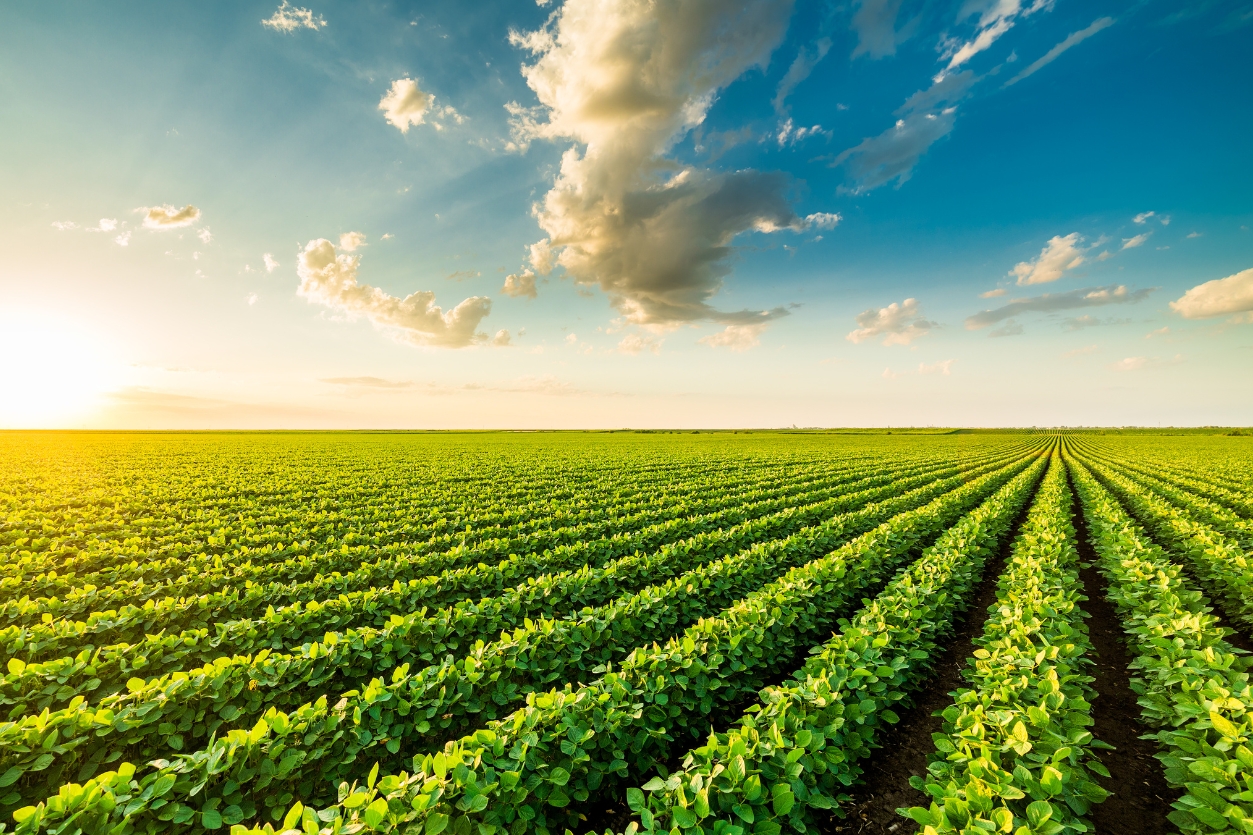
May 7, 2025
The Seedcorn Maggot, also known by its Latin name Delia Platura, is the most common root maggot pest found in Quebec’s soybean fields. As seeding time approaches, you need to be aware of its presence and what it can do to your crops. Read this article to learn more! Life cycle To begin, the Seedcorn […]

April 23, 2025
Good residue management can make the difference between the success or failure of your spring plantings! Whether you use till or no-till , this article will explain how to properly manage your corn stubble for your next soybean crop! No-till There is no tillage in no-till. The corn residue is left on the soil surface […]

April 7, 2025
Out in the soybean fields, farmers and agronomists are debating a crucial question: what is the ideal spacing to maximize yields and optimize plant growth? Between the narrow row option, which boasts improved density, and wide rows which promote better airflow, the debate over row spacing in the soybean field offers plenty of food for thought.

March 12, 2025
The Ministère reminds users of heavy vehicles and shippers that the authorized load limits are reduced during the thaw period on all public roads. This is done every year to account for the road network’s lower bearing capacity during this period. For the thaw period of 2025, the predicted dates of the load restriction period for each […]

March 10, 2025
After several months of rigorous work, and with the precious collaboration of our conventional soybean producers, we are happy to announce that Prograin has successfully completed the FSA third-party verification process according to the FSA (Farm Sustainability Assessment) Implementation Framework, for Eastern Canada. Prograin uses the FSA to engage farmers in assessing their environmental, social […]

July 24, 2024
In soybeans, lodging (plants that fall over) is a problem that can seriously impact yield, resulting in losses that can run as high as 10 %. Often, it’s only small portions of a field that lodge; but in rare cases, whole fields may go down! In this blog post, we present the causes and impacts […]

July 8, 2024
The Asian soybean aphid was first seen in North America in the state of Wisconsin in 2000. In 2001, it made its official appearance in Québec, following some severe infestations reported in Ontario. Considered one of the major pests in soybean culture, it is now found in most of our fields in every season! But […]

July 8, 2024
Field scouting The presence of large numbers of aphids can seriously affect the development of soybean plants. Field scouting is therefore essential and must be carried out more frequently the moment the threshold of 250 aphids per plant is reached. Close tracking of aphid populations as they evolve will help you assess whether their numbers […]

April 30, 2024
In spring and fall, heavy rains are common and can occasionally result in saturated and even flooded soybean fields. At such times, plants are more susceptible to delayed emergence and slower growth, in addition to being at greater risk of disease. In this article, we explore the factors that influence rainfall impacts on soybeans, as […]

October 25, 2023
Calculate your Cost of Production (COP) makes it easier to understand and manage your business and can help with decision-making. According to a survey of Canadian producers, only 65 % of farms are likely to analyze their profitability; yet there is a noticeable trend towards indebtedness, higher interest rates, and overspending. The benefits of calculating […]










